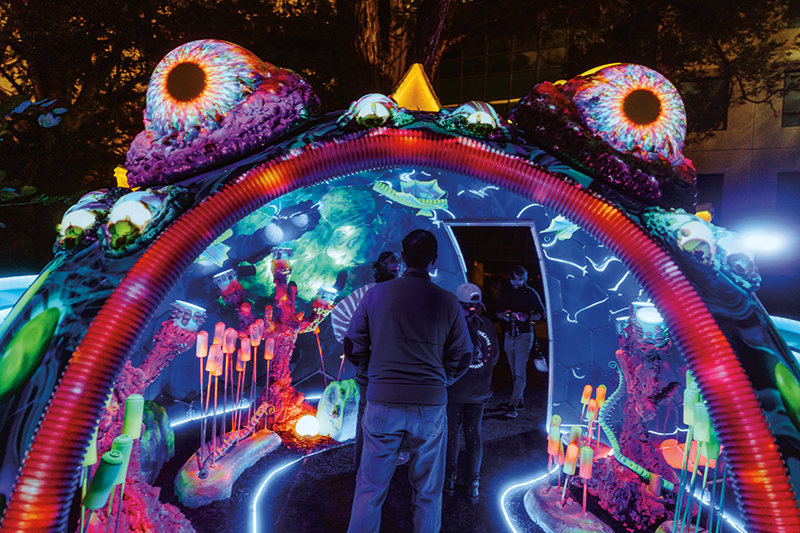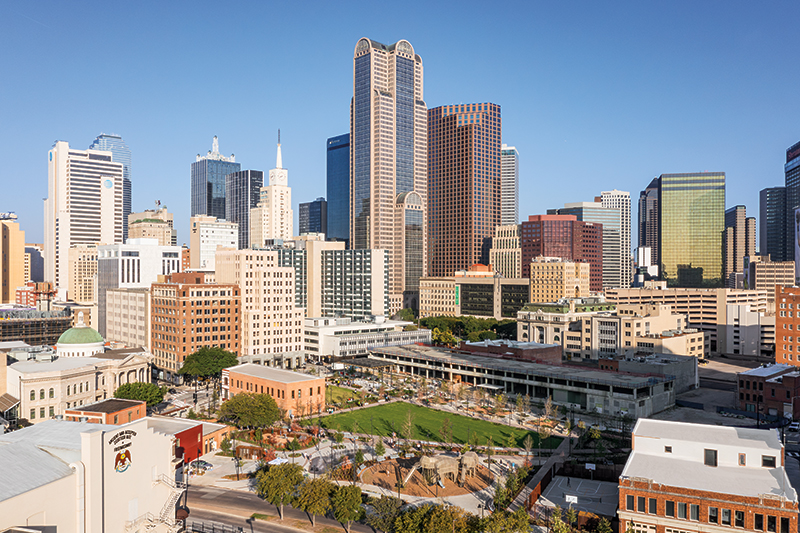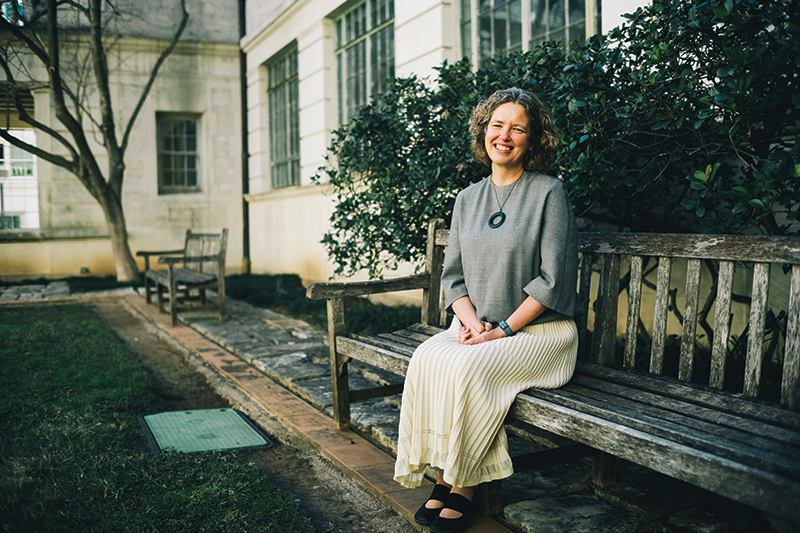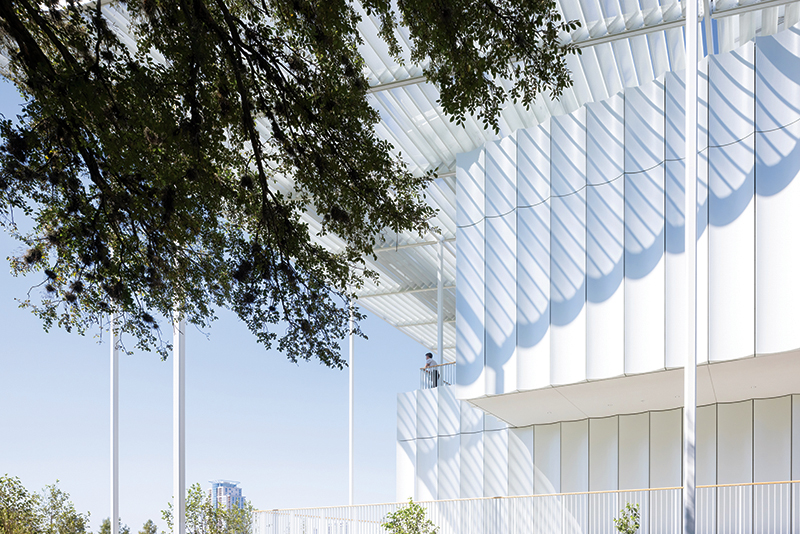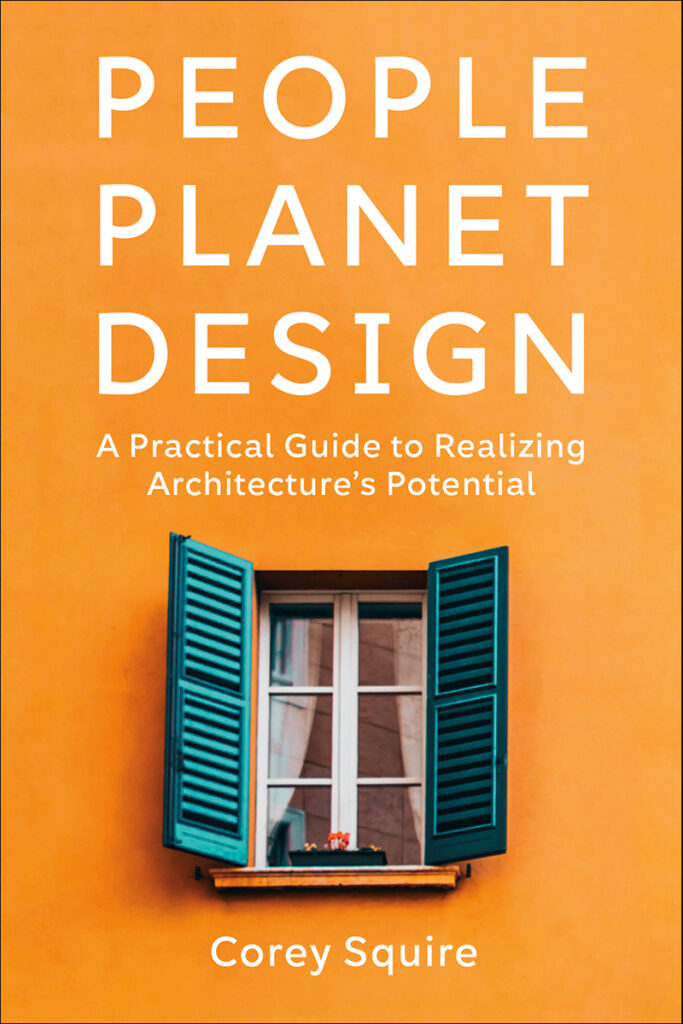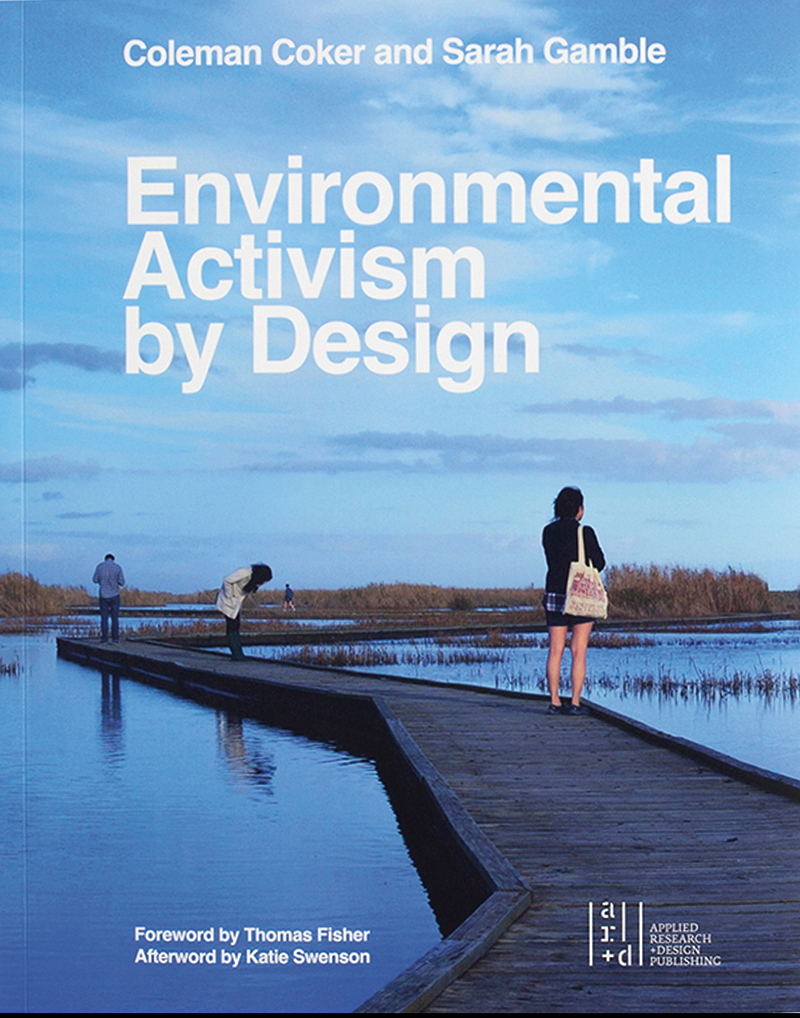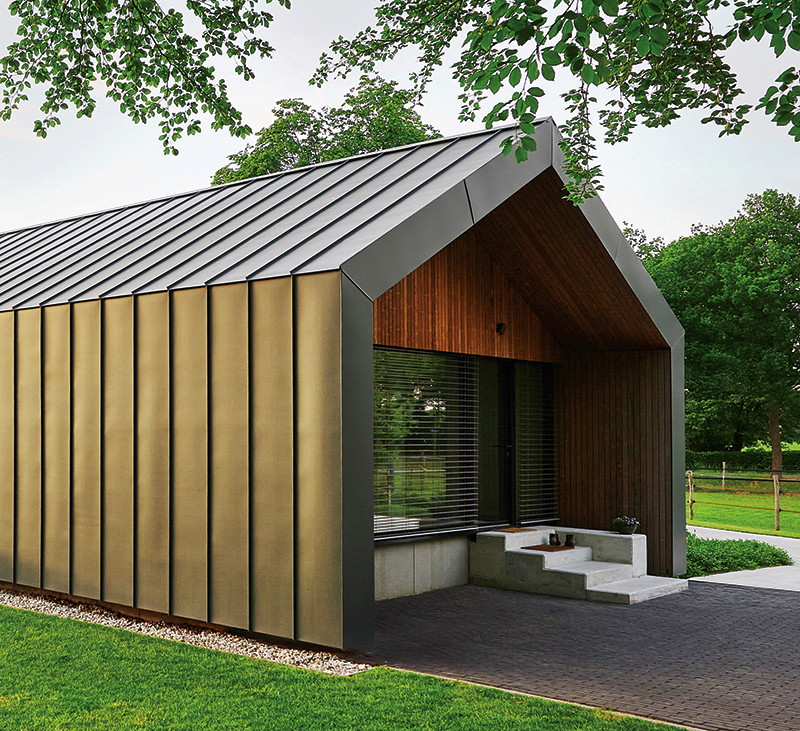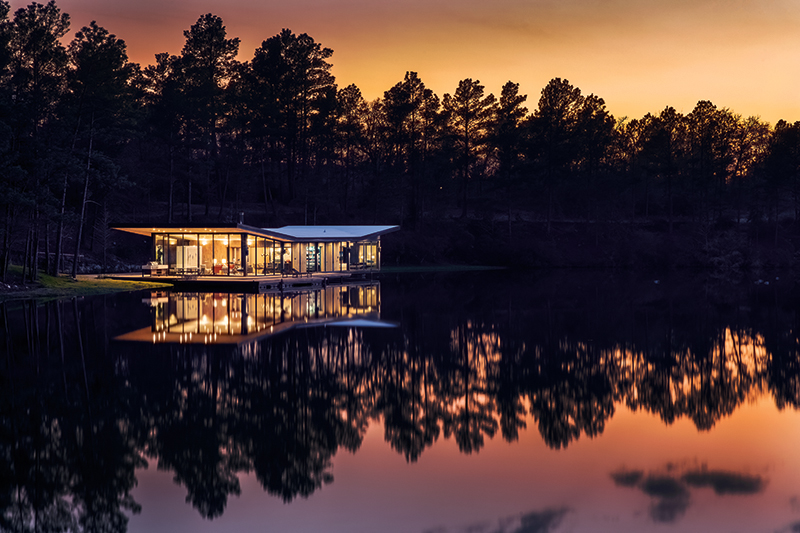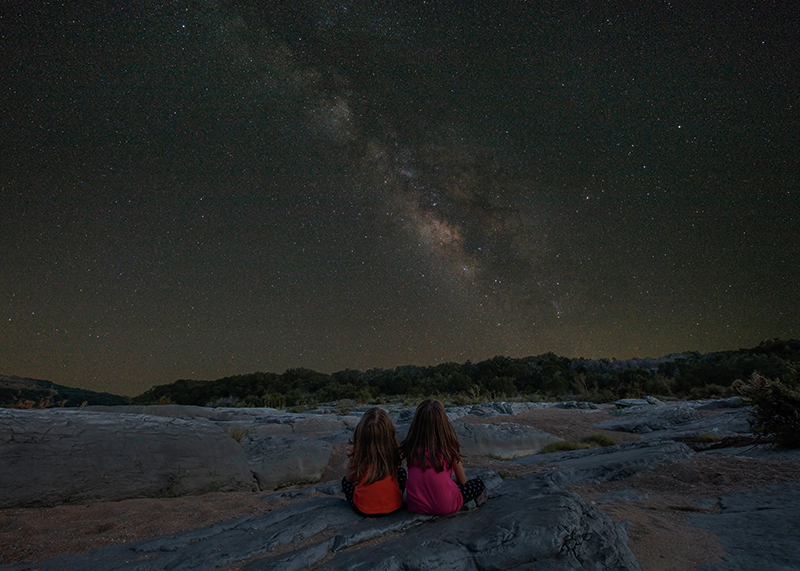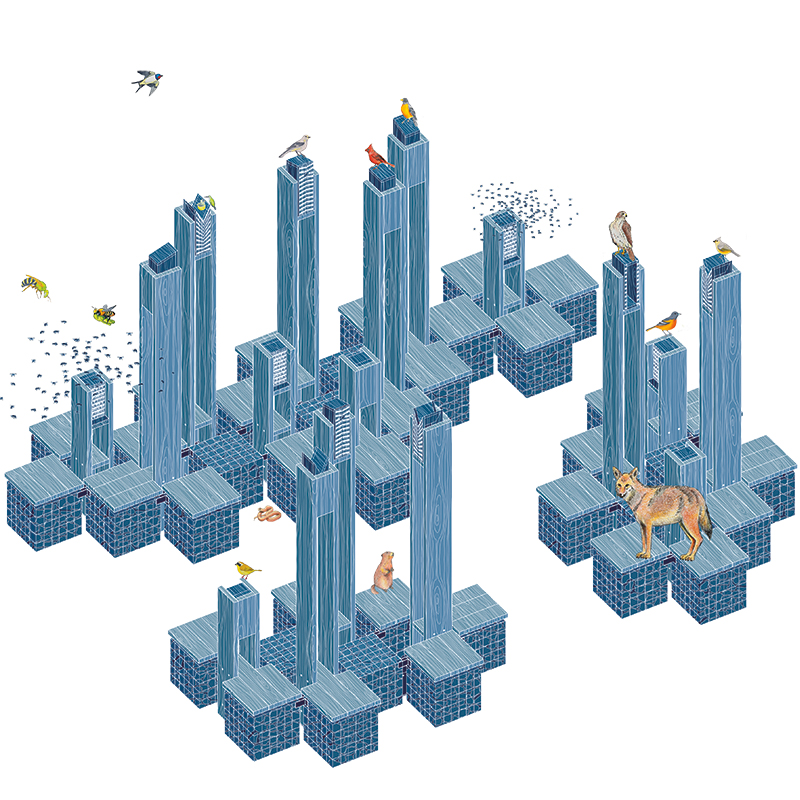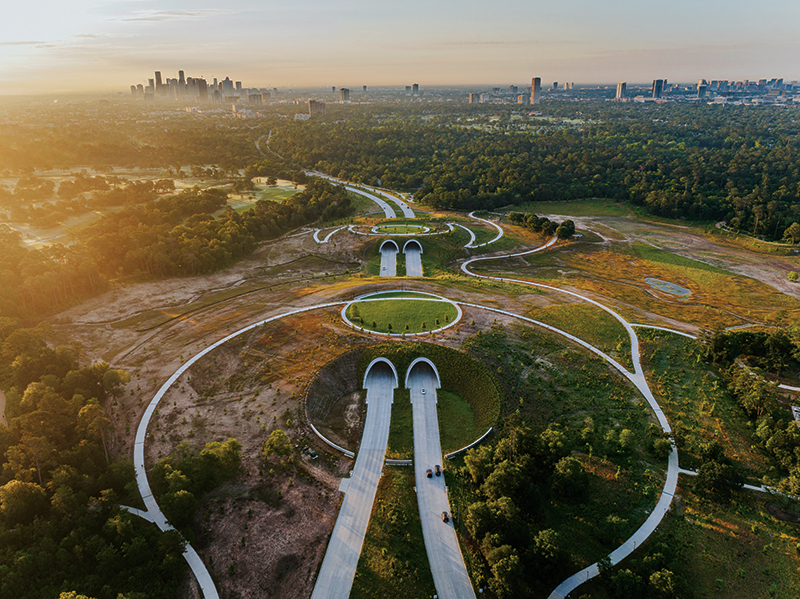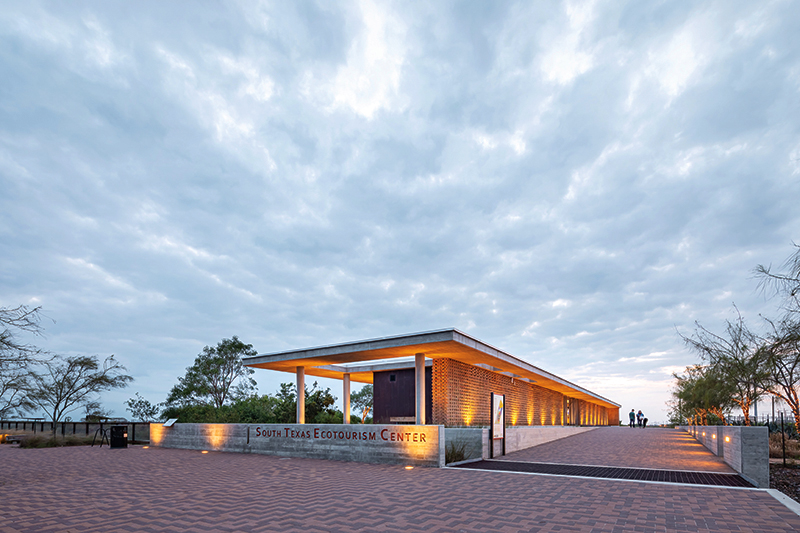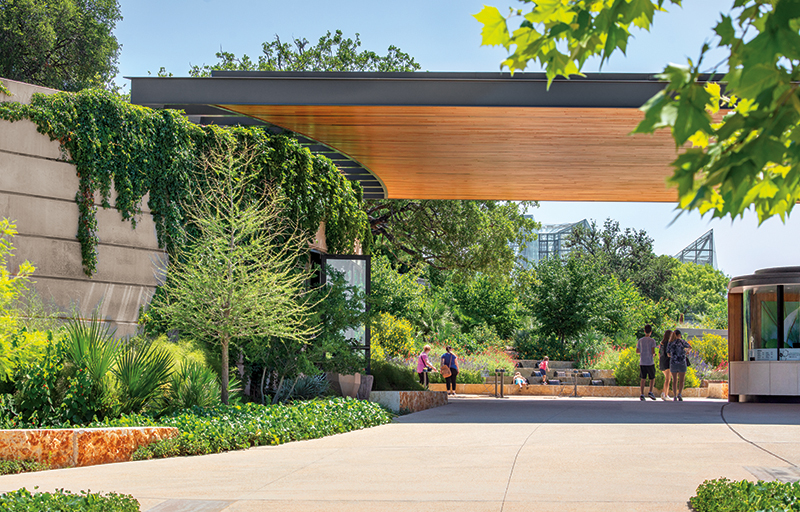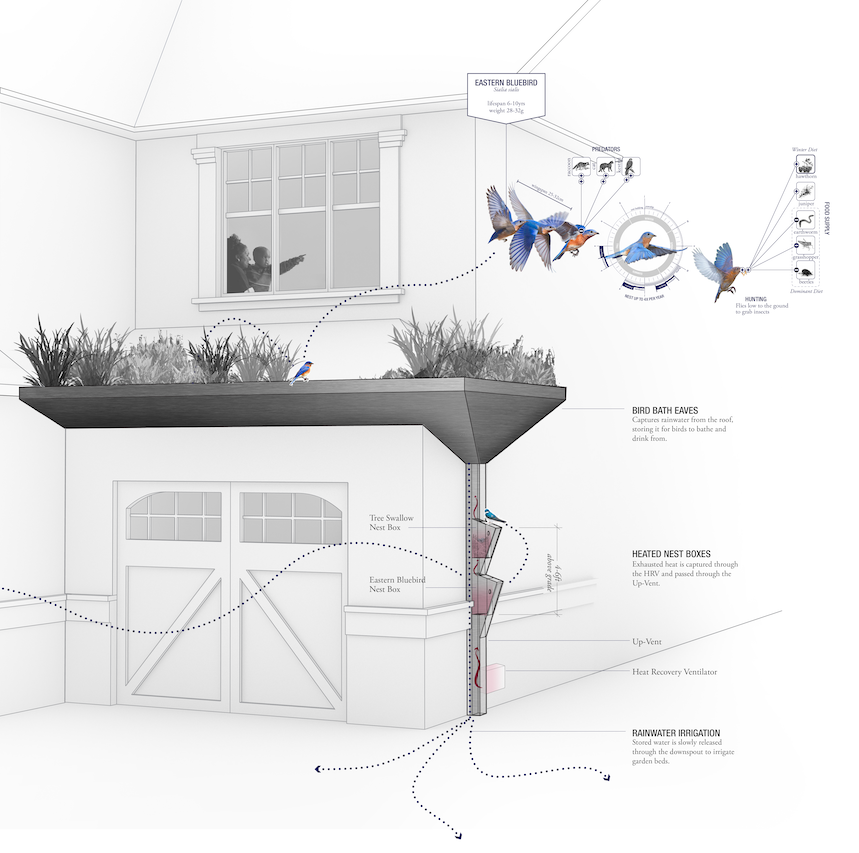
Yips and Yaps
Some of my fondest childhood memories are from the fishing excursions that I took with my dad, grandfather, and their extended group of brethren. I remember one specific trip where we hiked the dense low-country swampland of South Carolina to get to a premier honey hole of a fishing spot. My grandfather’s cousin by marriage was our guide, and his sole responsibility was to mark the trail so we could find our way out. With his machete, he would carefully clip the branches off the young saplings along the path. My grandfather carried both our cane poles and a shotgun. It’s not uncommon in this part of the country to walk up on a cottonmouth or the occasional gator. In the wilderness, you have to stay ready so that you don’t have to get ready.
After hiking a couple of miles, we finally reached this super-secret honey hole. Upon arrival, the serenity wrapped you like a blanket. There was a stillness and calm there that heightened the senses. The “splish” and “splash” of the freshwater bream could be heard clearly and distinctly. A screeching “kee-eeeee-ar” of a hawk looking for its prey could be heard above. Bubbles from the dark swamp water evoked wonder about what lay below. These reflections are from well over forty years ago, yet they are still clearly filed into the drawers of my memory. Something about nature allows us to recenter our mind, soul, and spirit. In it all is the restoration of our physical and mental wellness. My times of greatest peace were when I was in and with nature.
As architects, incorporating elements of nature into our projects can amplify their aesthetic appeal, reduce the stress of the occupants within, and improve the moods of you and your suitemate, all while promoting a productive working environment. Biophilia is much more than a catchphrase; it can refer to an asset that is preserved, an ecosystem that can be restored, or even an interior environment designed to foster a connection between nature and the occupants within. When our facilities are equipped with the programmatic spaces and staff to restore the vulnerable populations of our society, biophilic design can play a major role in this restorative journey. Thoughtful consideration and integration of trauma-informed design can also yield great results.
However, we must be mindful of the role the built environment has played in the degradation of the natural environment. One question that must be posed is what is our responsibility as designers and architects to protect and preserve the natural assets of our world. What is our responsibility to restore that which has been lost through ill-thought-through developments of the past?
My family and I have lived for over fifteen years in our home that is nestled into the white rock escarpments of southern Dallas County. The surrounding ecosystem is like no other within the Dallas-Fort Worth metroplex. Characterized by dense foliage, mature trees, flowing creeks, and active wildlife, the area has a vibe of vitality and renewal. When I hear the “screech” of the great horned owl or the staccato “yips” and “yaps” of the coyotes, it reminds me of being a little boy, lost in the wild, with a bucket of bait and the goal of a big catch of wallowing mudfish. Nature has the unique ability to reset, restore, rejuvenate, and realign—not only itself, but us too.
Derwin Broughton, AIA, NOMA, is a vice president at KAI Enterprises in Dallas and the 2024
TxA president.
Also from this issue

